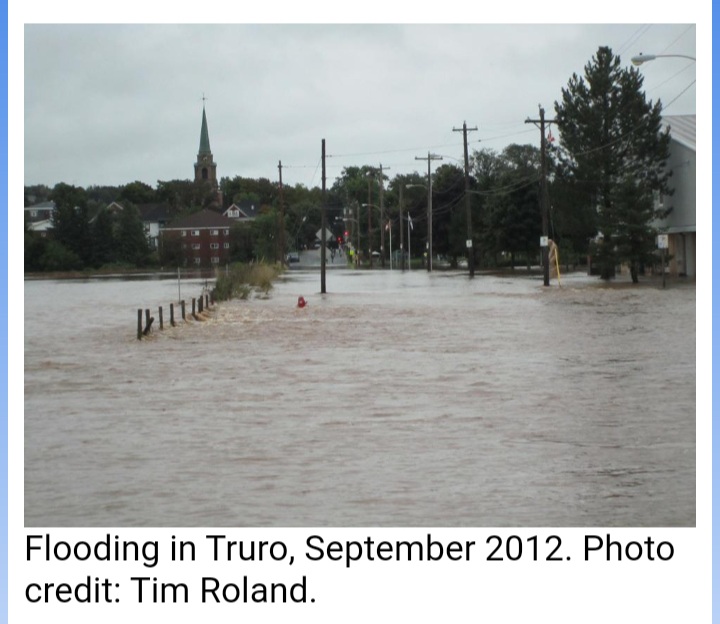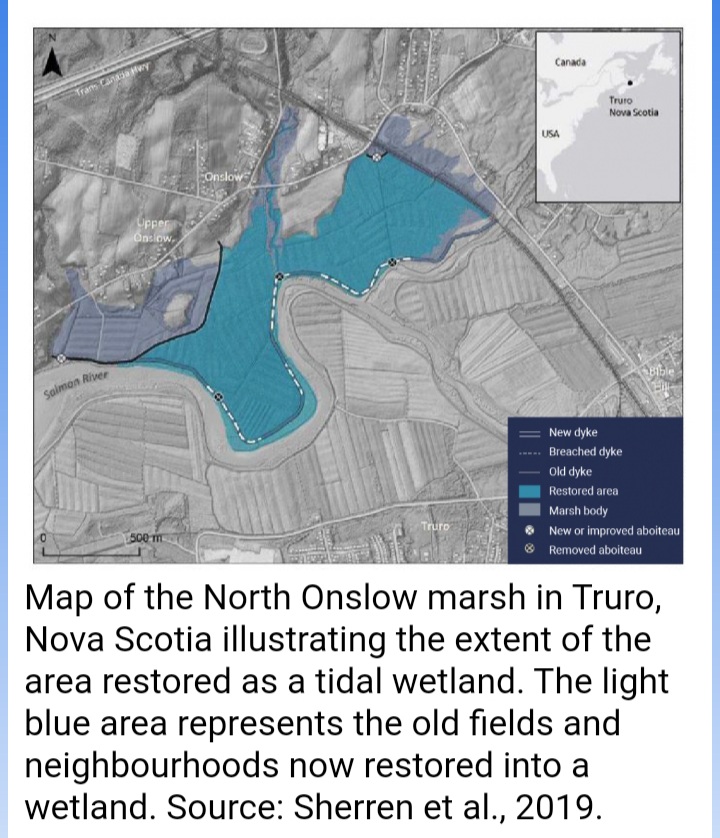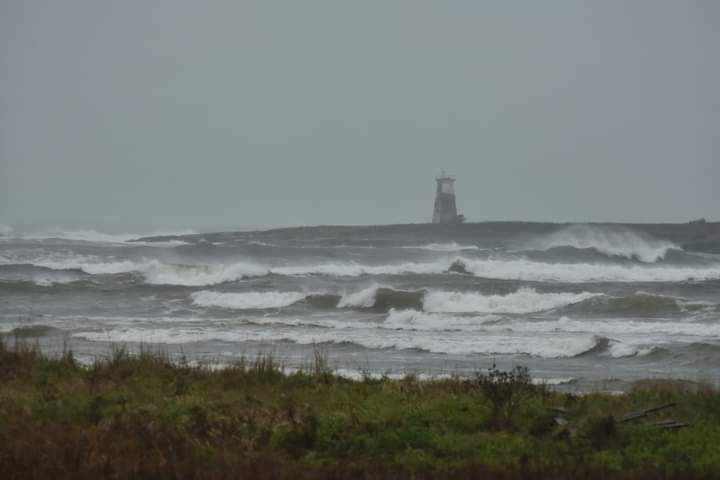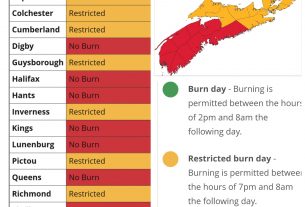**** Info via Environment Canada
This is the question the citizens of Truro in Nova Scotia asked themselves. This town of 12,000 people is located on the floodplain of the Salmon River that flows into the Bay of Fundy, and is part of a large network of dykes. In 2012, a severe flooding event breached a dyke in several places, significantly damaging the town’s infrastructure

At the time, the Province of Nova Scotia performed emergency repairs on the dyke, but there were serious concerns about the dykes’ system sustainability. With a pressing need to ensure their lasting protection and to maintain the coastal ecosystem, the community looked at many options. A flood risk study offered a few costly measures over $100 million, but then, experts remembered that this neighbourhood used to be a tidal wetland. Tidal wetlands are flat areas that get washed over during tides, usually forming the first line of defence when severe storms strike. This is how they decided to restore the tidal wetland, and to shorten the dyke.

We can now say that the restored North Onslow tidal wetland is a healthy ecosystem acting as a storm buffer by halting incoming waves (acting like a sponge). It also includes a fish habitat where they can lay their eggs, and it even absorbs excess carbon dioxide from the atmosphere!

Discover more ways on how Canadians adapt to climate change in this report on Canada’s Changing Climate.




